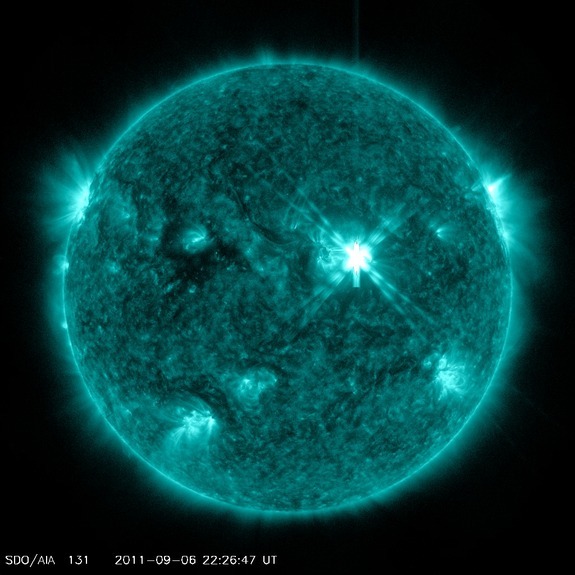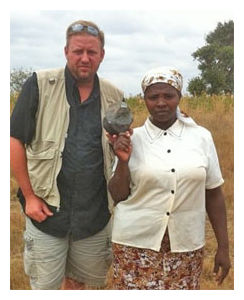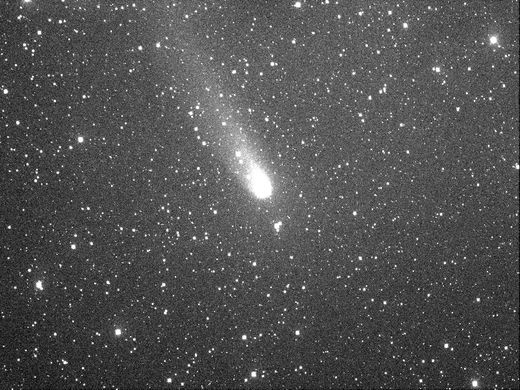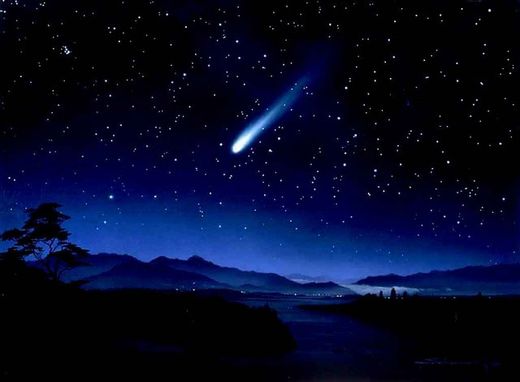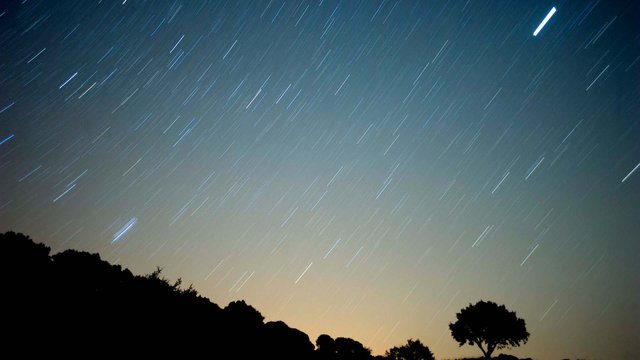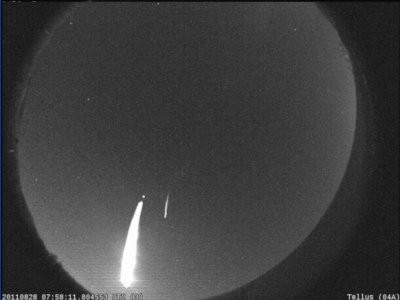Colorado, east of Greeley and Northeast of Kersey: Bright Blue/Green Meteor Fireball seen at 4:00 am, 2 September 2011
My friend and I were at work out at 70 Ranch located at CR 388 and CR 53 Around 4 O'clock AM...9/2/2011. I saw a light that looked like a shooting star. It was bright out of the North and then it shot like a star to the East and then stopped for a few seconds. Then it came down from the north going south and then about a half mile to a mile off the ground it turned a dark to bright green a couple hundred feet around it and then it was traveling towards the ground with a Long tail burning. Looked green and blue. Then it came down and got really low to the ground before It looked like it was going to hit. It may have burnt out but don't know. Just thought it was awesome so I looked it up on the news and no one reported it. My other friend was on the phone about 30miles south of me when I saw it, and he saw it to and asked me if I saw it too. Just thought it was cool so went to this website when I looked up meteors and it said I could report it here if I saw anything. So I figured I would see what you guys knew. Thanks - Mark MerriottThank you Mark for your fine report!
Fort Collins, Colorado - arrived from google.com on "Latest Worldwide Meteor/Meteorite News" by searching for green fireball 9/2/11.
